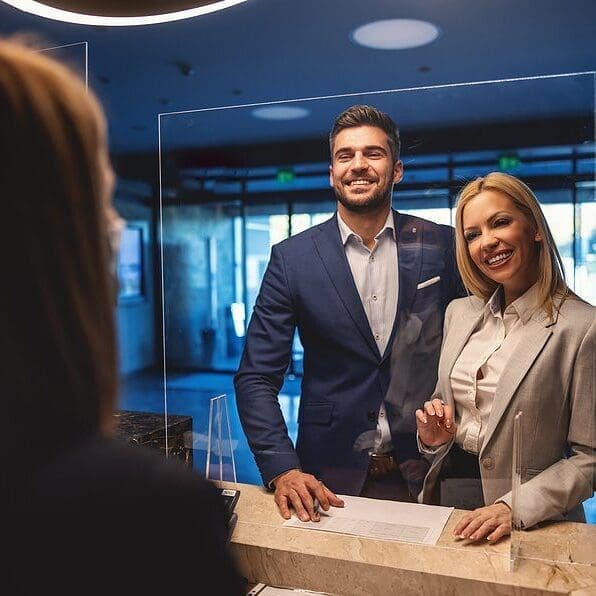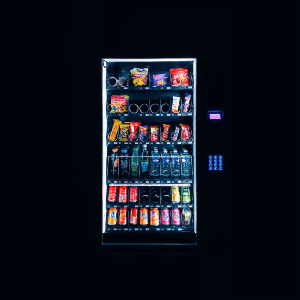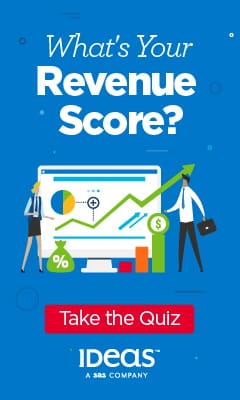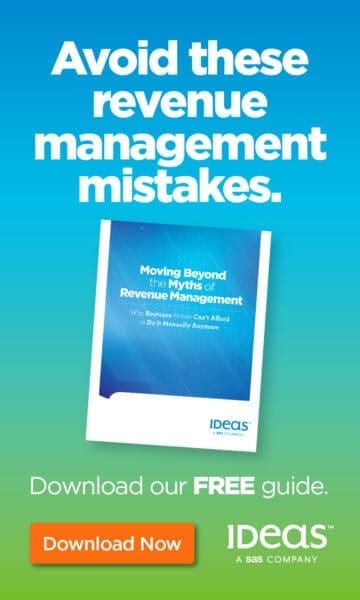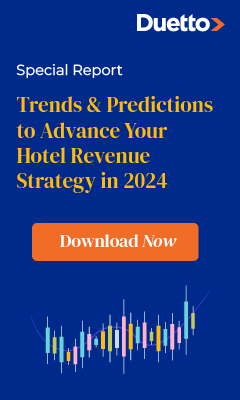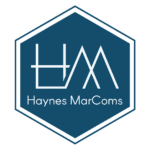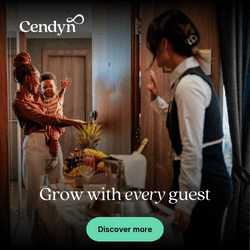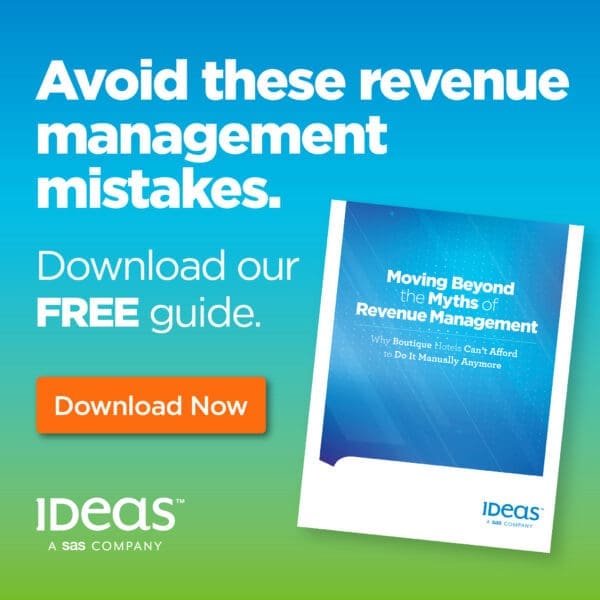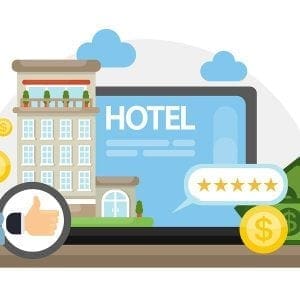 You’ve made the sale. Whether it’s been a direct booking, through a third-party site or part of a group folio, the guest has officially booked a room. Now what? How do you prompt them to buy more?
You’ve made the sale. Whether it’s been a direct booking, through a third-party site or part of a group folio, the guest has officially booked a room. Now what? How do you prompt them to buy more?
You ask! But only at the right time during this pre-arrival phase. With some exceptions in the groups segment, it’s in this interval between initial reservation and onsite arrival that guests start to think about all the other expenditures that accompany a trip – food, amenities, transportation (aside from airfares that are typically booked first) and activities.
And therein lies a literal goldmine if you are able to adeptly insert yourself into the travel discovery conversation. So, let’s breakdown what’s going through a guest’s mind at each of the five major stages from post-booking to check-in.
Stage One: buyer’s remorse
Good hotels aren’t cheap. If this wasn’t an instrumental factor for the average customer, then why are the price filters within the OTAs and meta-search websites so popular? Oftentimes, a dent in the wallet also incurs a dent in one’s psychological armor. In other words, the emotional trauma of a stressful monetary decision causes physical pain which also manifests as fear or regret.
My advice during this opening salvo is to congratulate the guest on his or her purchase. Dissuade any post-booking anxiety by making them feel welcome and getting them pumped up for their stays. Don’t push the sales button; simply reaffirm them that they chose well and that every day with you will be time well spent.
Stage Two: renewed exploration
The pain of purchasing will eventually subside. You can’t stay mad forever, as the saying goes. Whether the cooldown takes several weeks or a full fortnight, eventually guests will resume the search, but this time for ways to round out their trips aside from which beds their heads will land.
It’s important to note, however, that this part of the customer pathway doesn’t necessarily mandate additional purchases; it is mostly just discovery. While they may already have an idea of what they want or they may only wish to casually browse, the key is to put yourself out there for guests to see.
And as you will likely have an email address attached to each reservation, developing one-to-one marketing materials isn’t hard. Imagine receiving a personalized notice from a hotel shortly after making a reservation that invites you to view 360-degree tours of rooms, public spaces and other facilities to develop the narrative of what’s possible. Entertain your incoming guests with the possibility of add-ons like specific room selections for an incremental fee, suite upgrades, use of onsite amenities or activities.
Stage Three: acquisition with reservations
The pain of the initial acquisition has evaporated but the memory of that depletive expense has not. As such, there will be some hesitancy towards additional purchases. But if you’ve done your job right in the previous stage by letting guests shop from afar without being pushy for the immediate sale, they will be more likely to come back to you when they feel ready to fork over some extra cash.
Sometimes, though, they will need another jolt to spur them into action. A system to monitor communications thus far should clue you into the ideal time to reestablish contact. Blast your customers with any promotional offers, any events you are trying to fill or any packaged activities. Now is also when guests are most inclined to seriously consider a suite upgrade or putting a few extra dollars down to guarantee that corner room.
Stage Four: remorse redux
Another bill, another headache – the anxiety of scope creep comes into play at this juncture as customers start to notice all the mounting expenses associated with this particular trip that were far beyond the initial estimate for airfare and accommodations. Nevertheless, you can always make more money but never more time, so the pain from purchasing additive experiences will hardly be indomitable. It too will soon reach acceptance in the quest for time maximization.
What this also means, however, is that trying to sell even more at this point is not necessarily a good idea. That or it will fall on deaf ears. Costs aside, too much structure turns travel into a martial drill, so once the initial batch of ancillary sales are complete, let your customers play it by ear. Revert to your relaxed demeanor during the second phase and invite spontaneity in your messaging by talking about all the cool happenings that guests can only uncover once they are onsite.
Stage Five: approach anticipation
No matter the trip, no matter the loyalty status of the traveler, everyone feels some degree of excitement as they enter the final stages before leaving. For the road warrior who’s in a different city every week, this duration could amount to the night prior to travel. For the head of a nuclear family unit who is preparing for the quartet’s first weeklong beach vacation, it might be two weeks of preparatory errands to get all affairs in order.
Knowing your customer and his or her travel purpose will let you capitalize from this positive anticipation because these details will inform you on the best time to broadcast any last-minute deals, promotions, unsold events, open reservations at your signature dining outlet or leftover room inventory that’s available at higher rate.
Ultimately, it’s all about knowing when to strike as well as empathizing with your guests in terms of what stage of the emotional purchasing rollercoaster they are currently on. Just because someone isn’t in the mood to buy at that exact moment doesn’t mean he or she wouldn’t mind just shopping for pleasure. The journey is often as rewarding as the destination.








